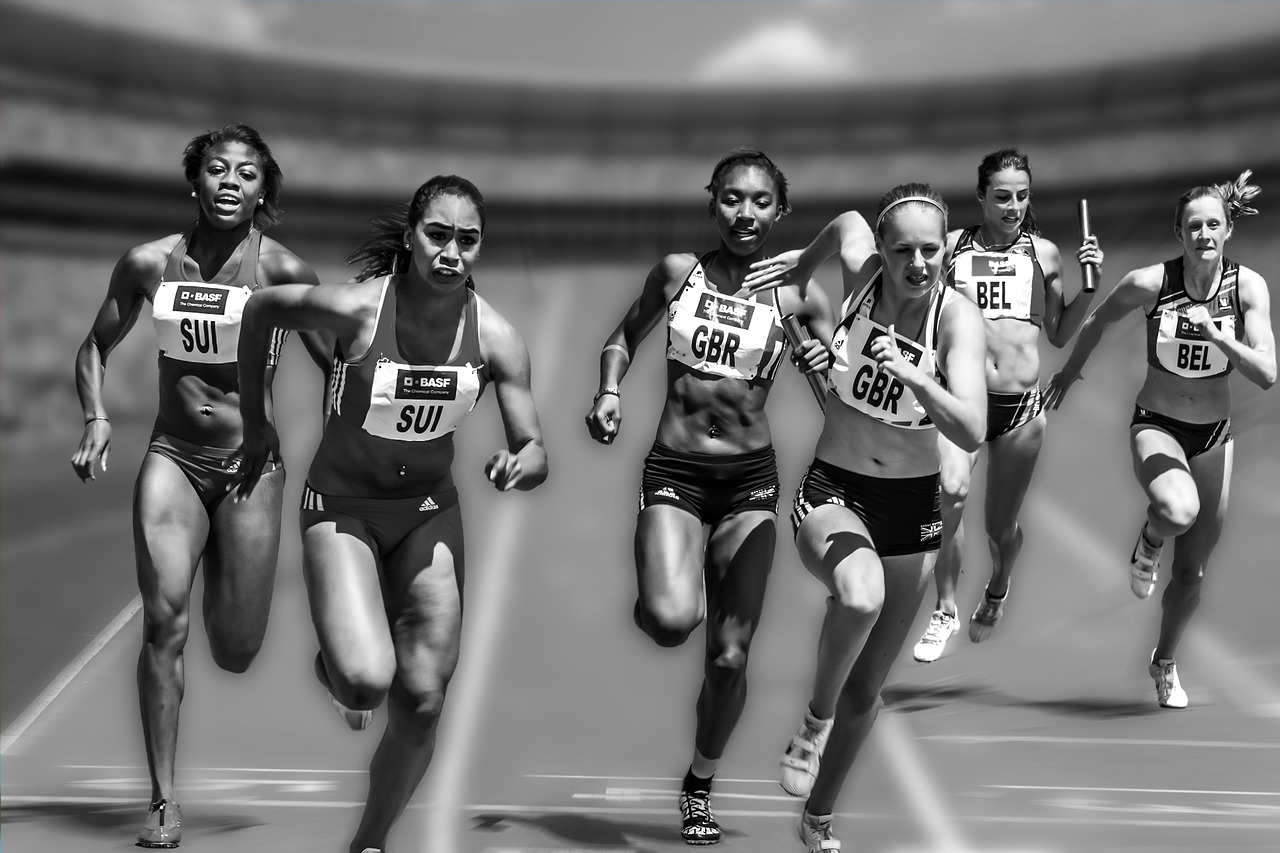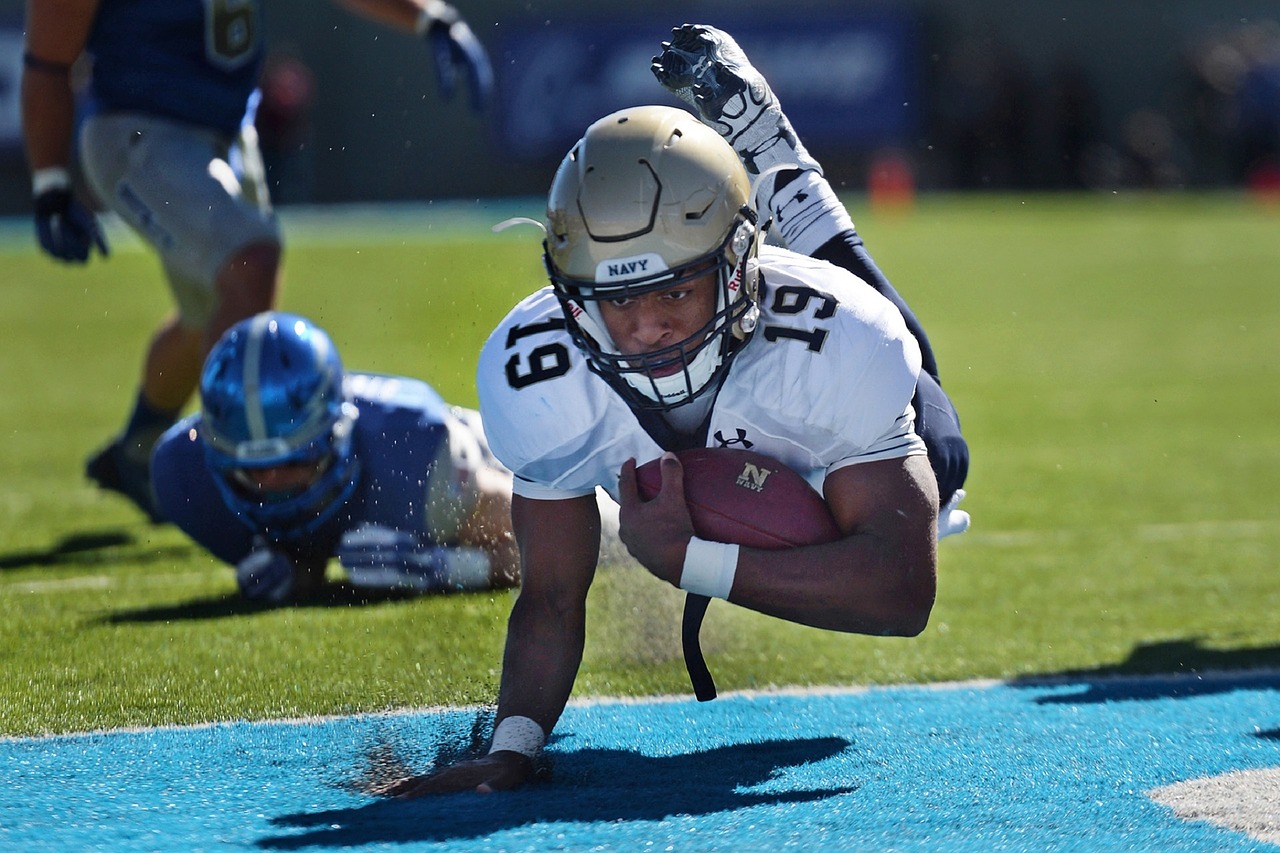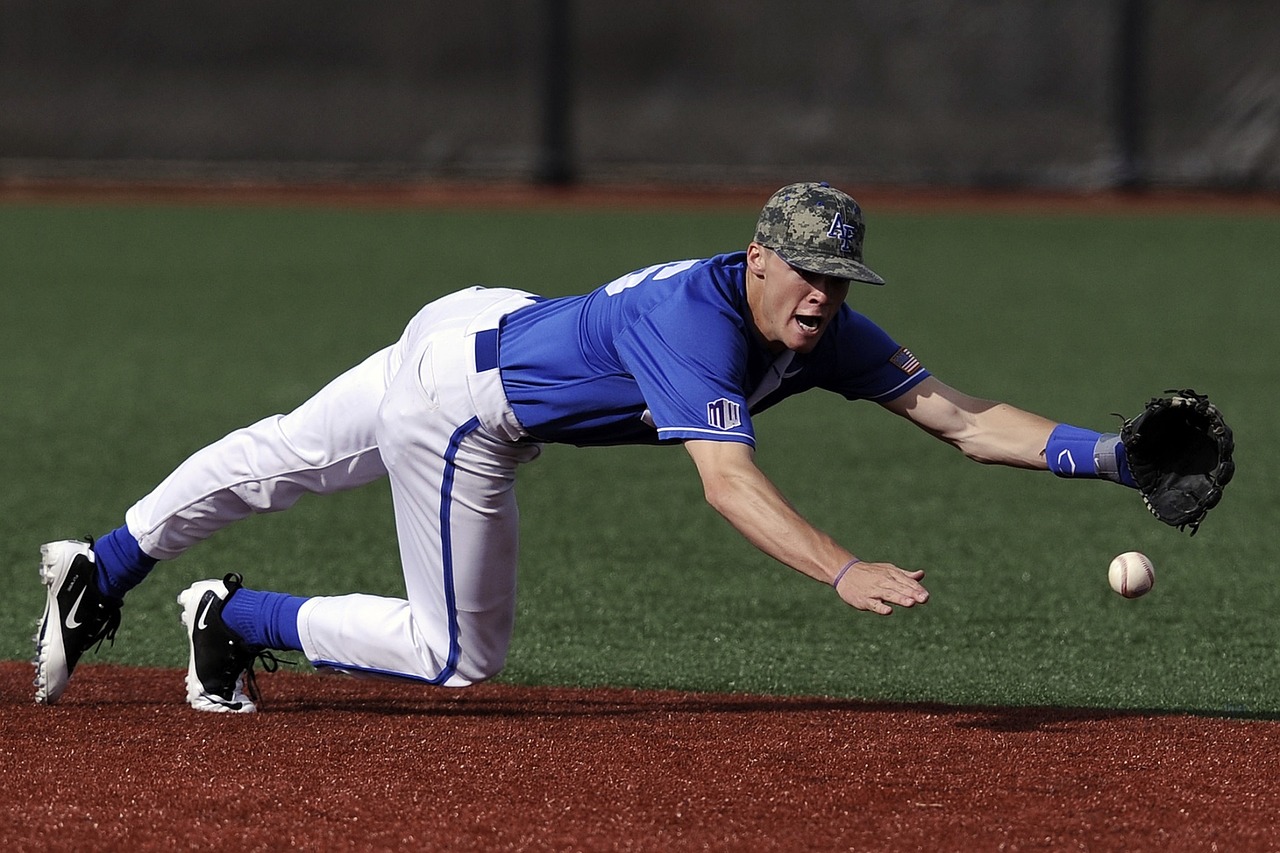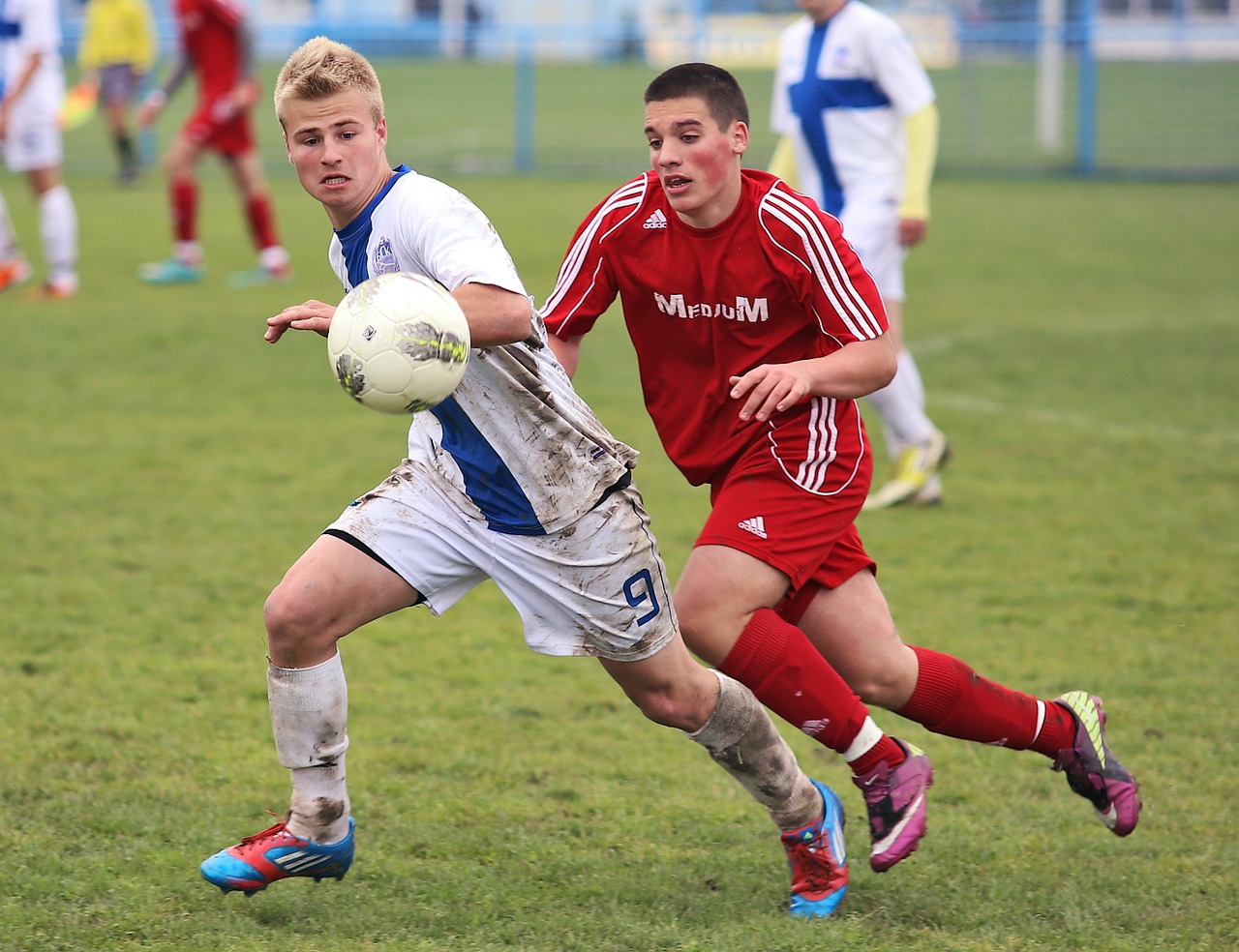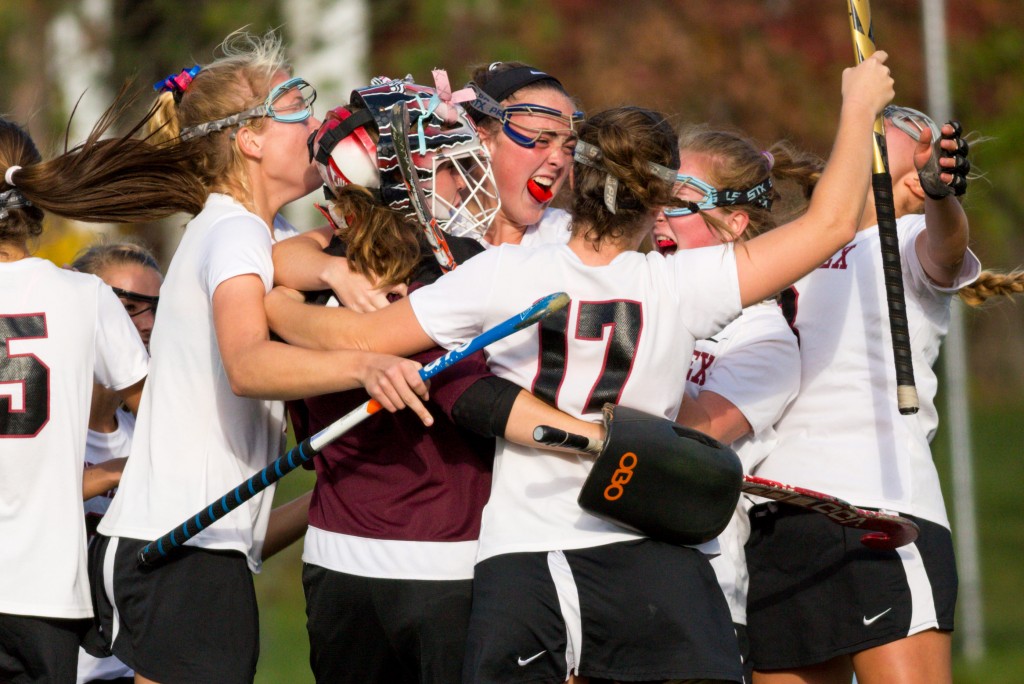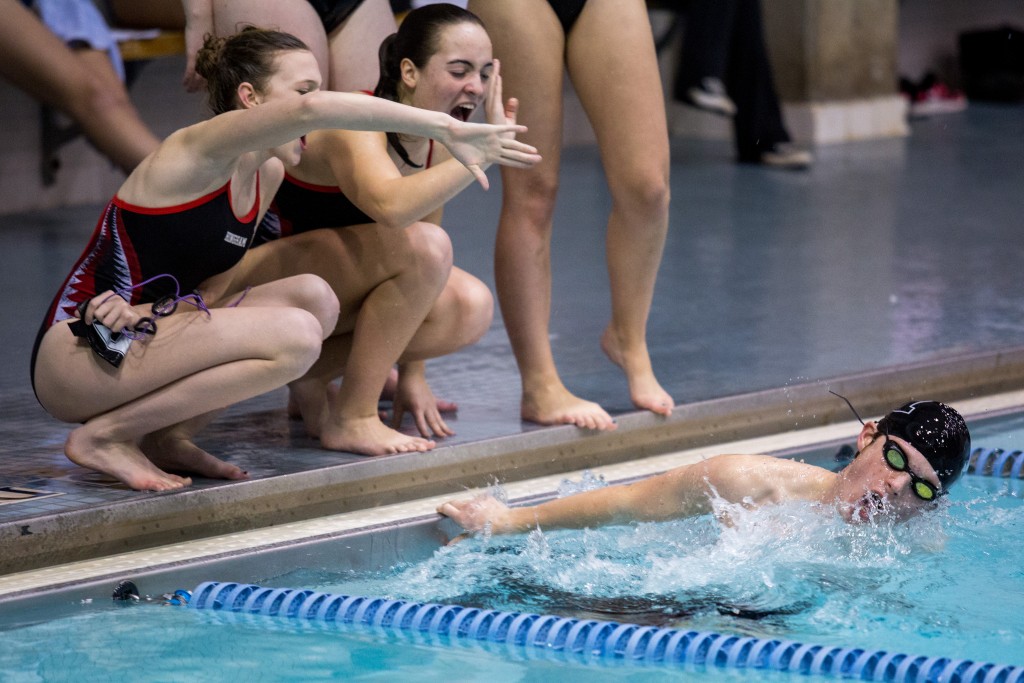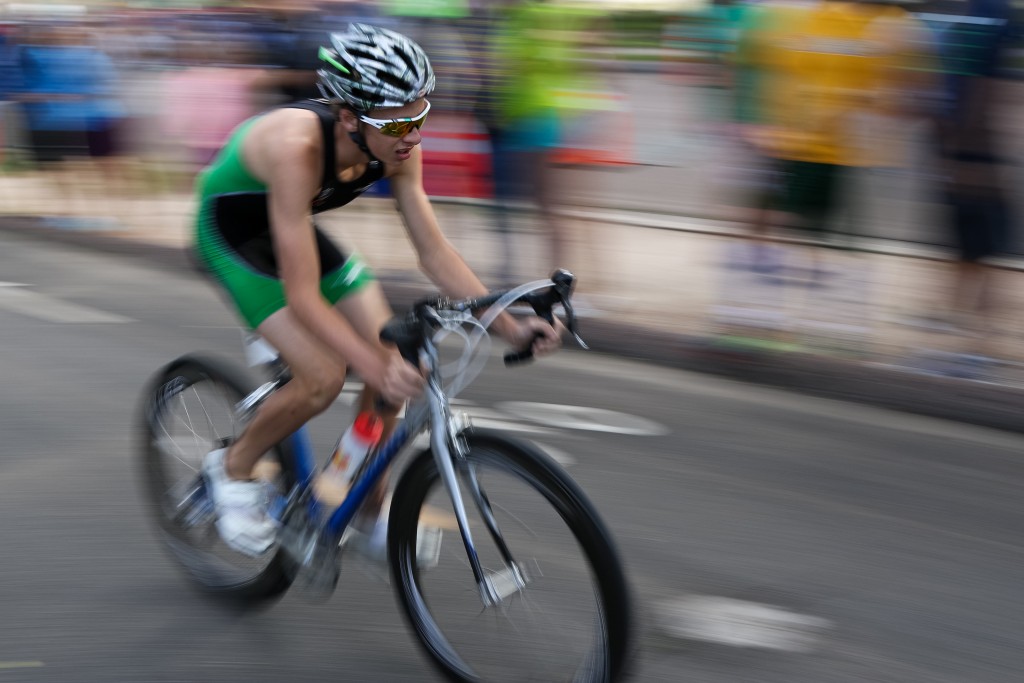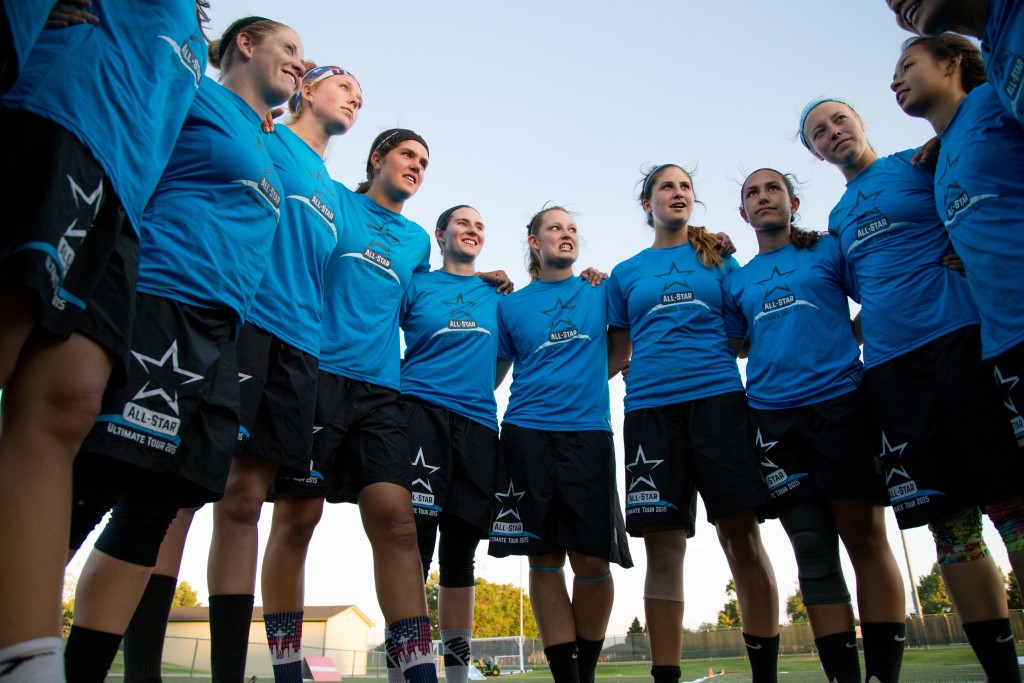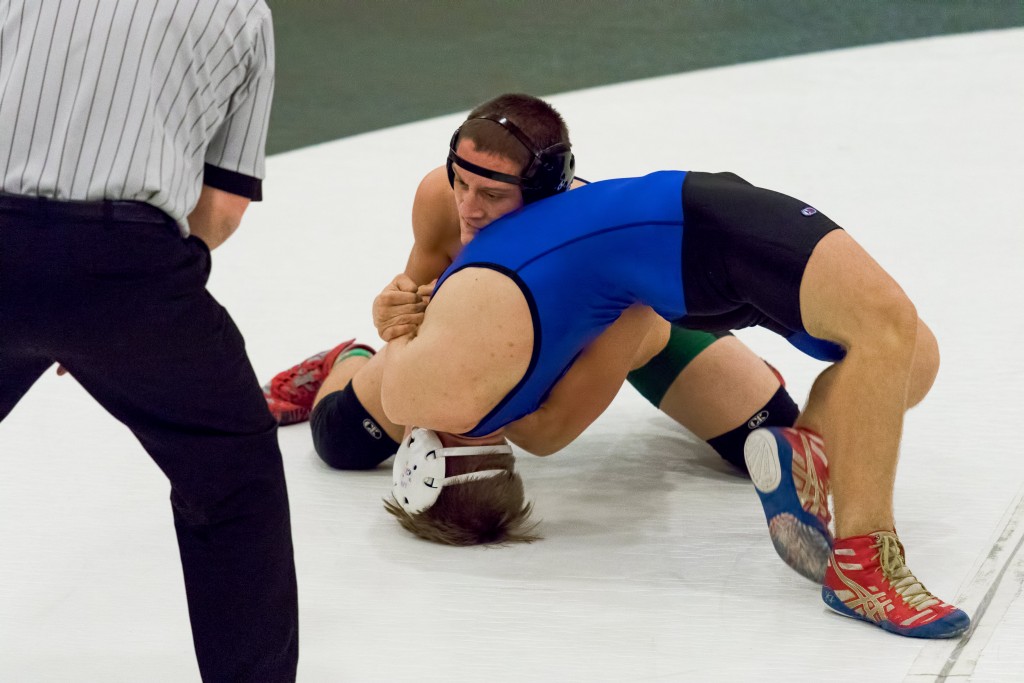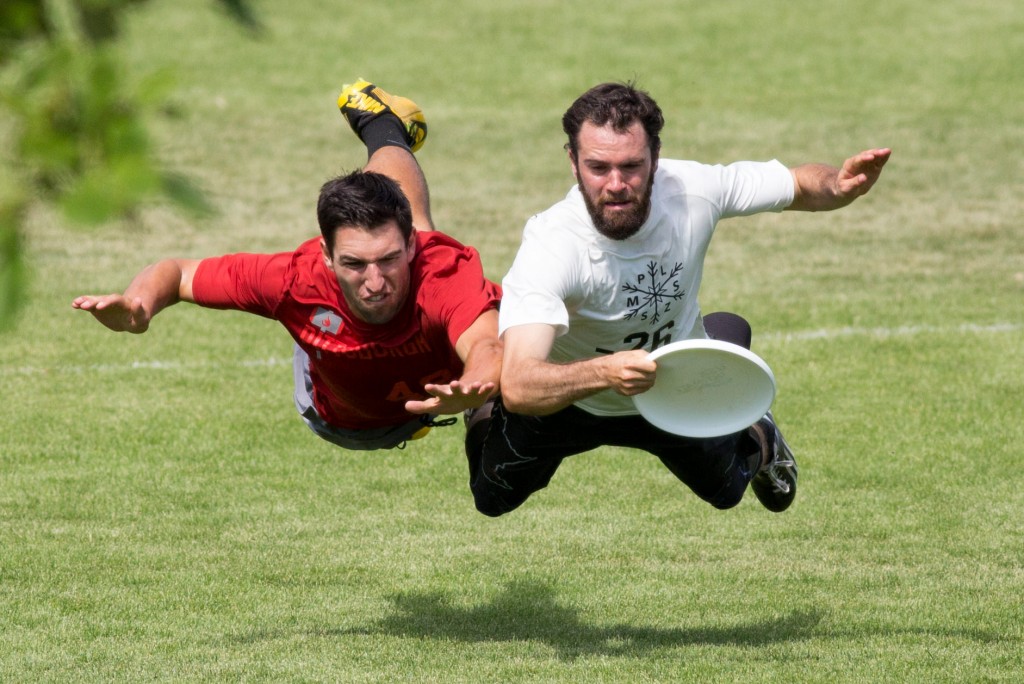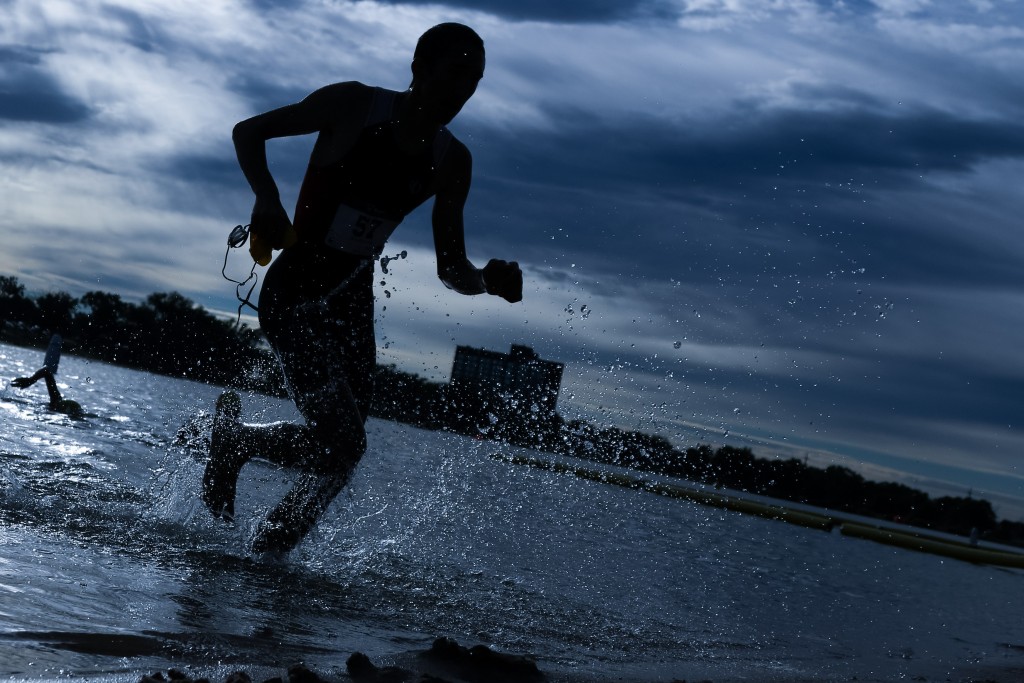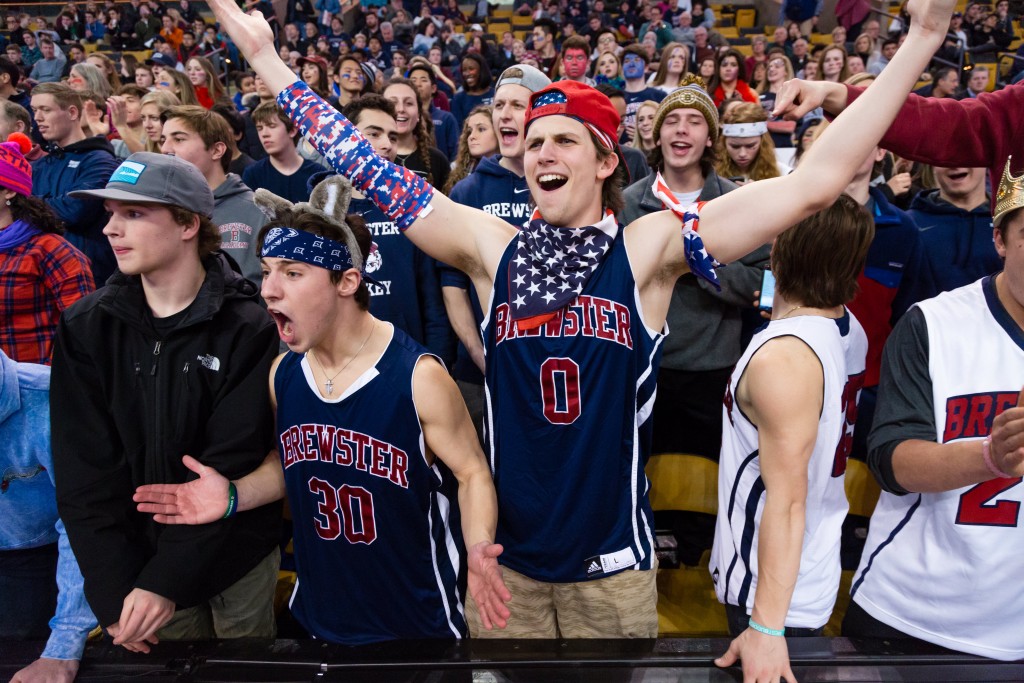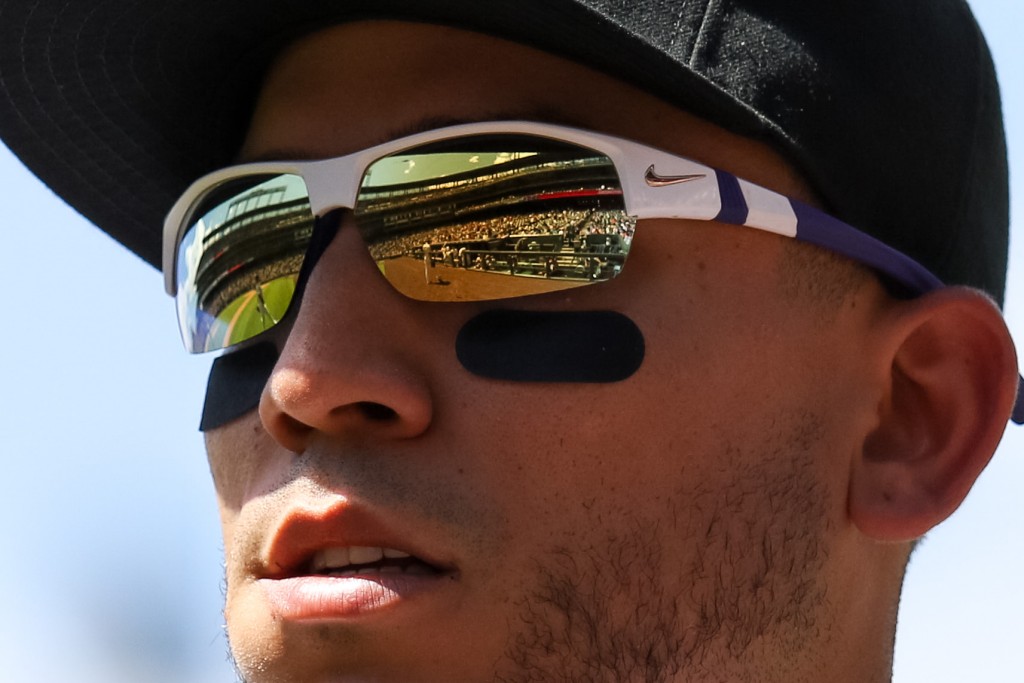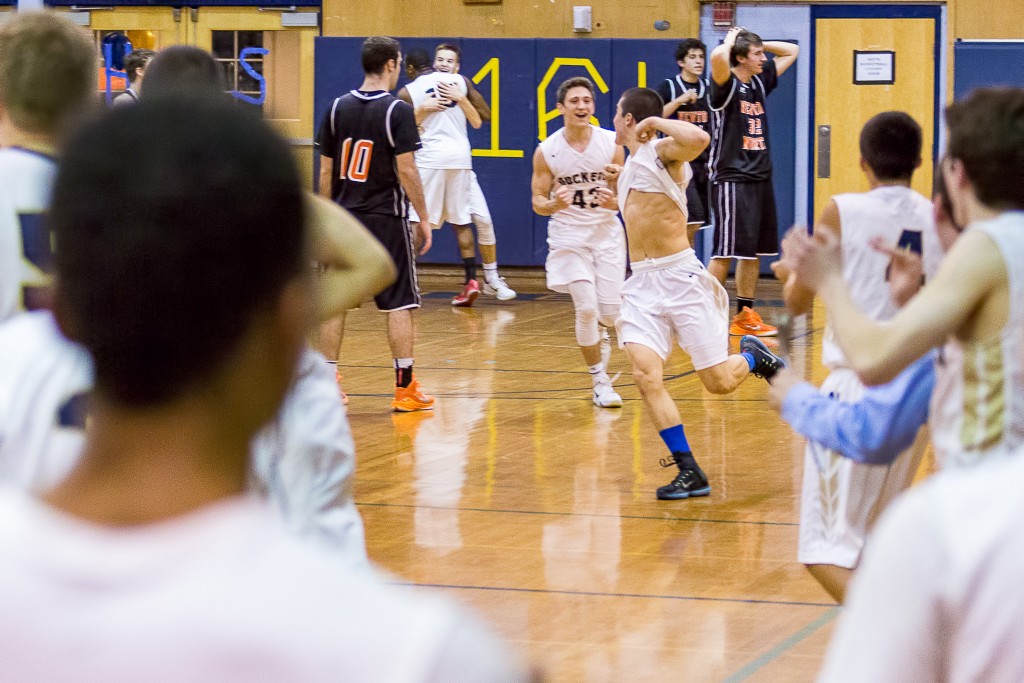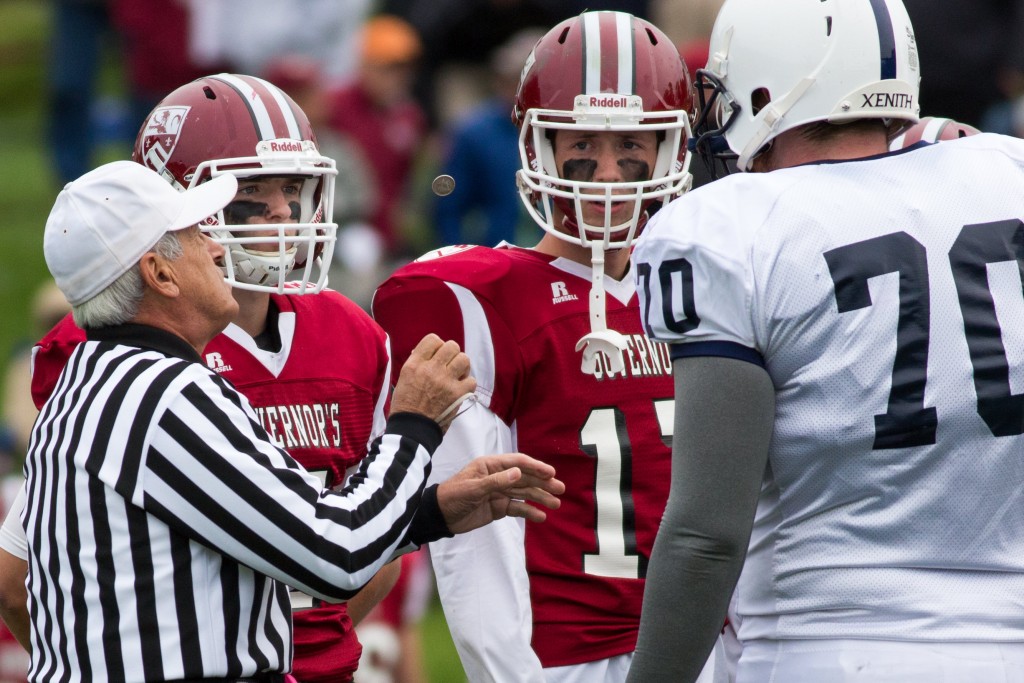Watching football is always exciting – tons of smashing bodies, plenty of fast-paced action, and the thrill of cheering for your home team. Capturing a football game with your camera can be equally exciting, but certainly presents a number of challenges to photographers, especially if you’re new to shooting sports.
Before heading to an important game, check out these tips. Consider seeing if there are school teams playing nearby so you can get some practice in before you try shooting in a more intense setting. There are lots of distractions to deal with at football games, and if you want to get good photos, you’ll need to learn to tune it out and focus on your goal.
Keep these suggestions in mind as you pack your camera bag and start shooting. The best way to master the art of capturing the action of a football game is to get out there and do it.
Football Photography Tips on Taking Football Action Shots
1. Use the Right Gear
Football is a difficult sport to photograph because it takes place on such a huge field. And because most of the action will take place at the center of that field, you’ll need to use a telephoto lens to get close enough to the players. While some shots will work better with the expansive field and even hundreds of spectators in view, for truly captivating football photos, you’ll need to get in on the action.
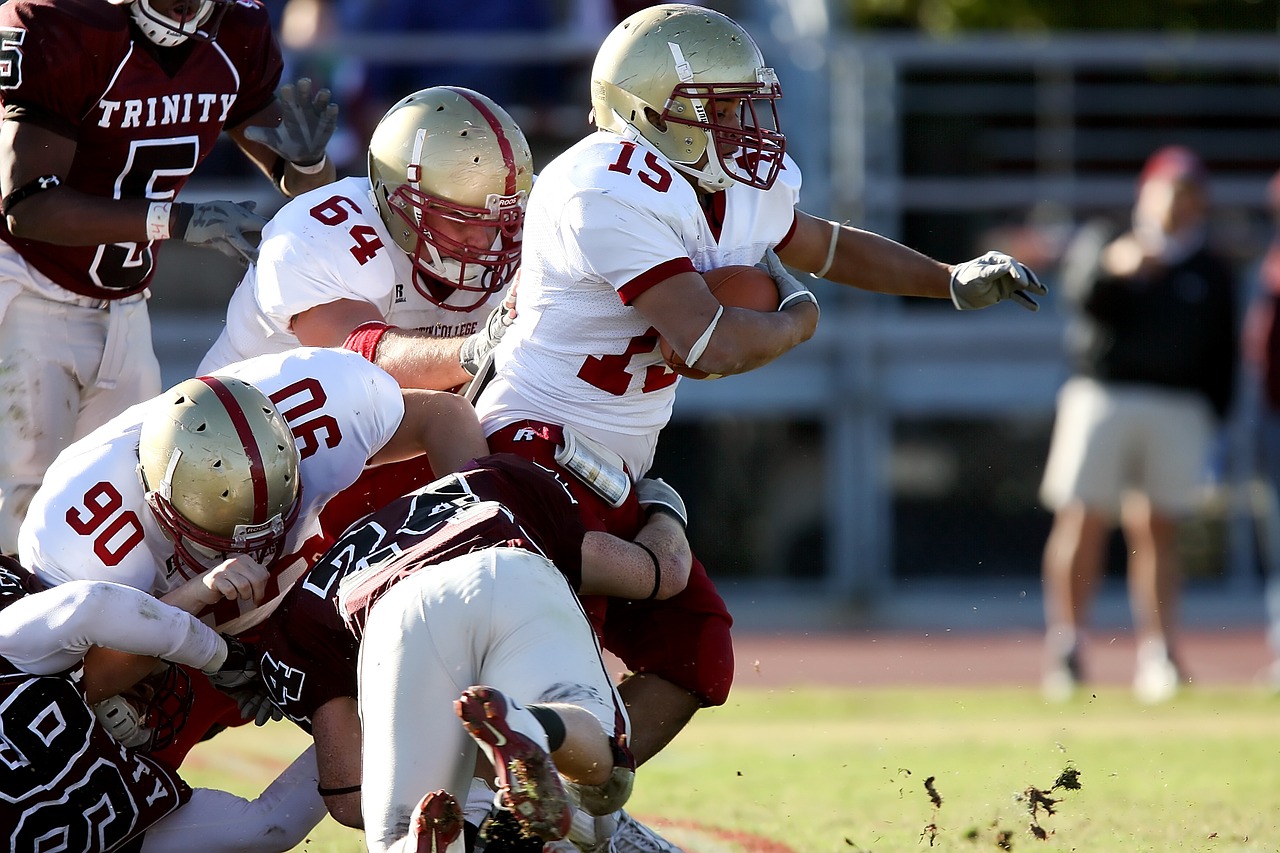
Sometimes, though, the action will come to you. During certain plays, you could end up with players tackling just a few feet away. Using a telephoto lens will make capturing this action impossible. While some photographers will use a second camera body with a wider lens attached for this kind of shooting, hobbyists or people who are just starting out might not have access to another camera.
You can try shooting half the game with one lens and half the game with the other, or switch it up at the end of each quarter. You’ll get a feel for how each style of shooting works before you invest in another camera body.
2. Check Your Settings
The most important camera setting for capturing the action at a football game is your shutter speed. You’ll need your camera to act fast if you want to freeze-frame a group of football players flying past you. Use a setting of at least 1/1,250 of a second, or even up to 1/2,500 if you can.
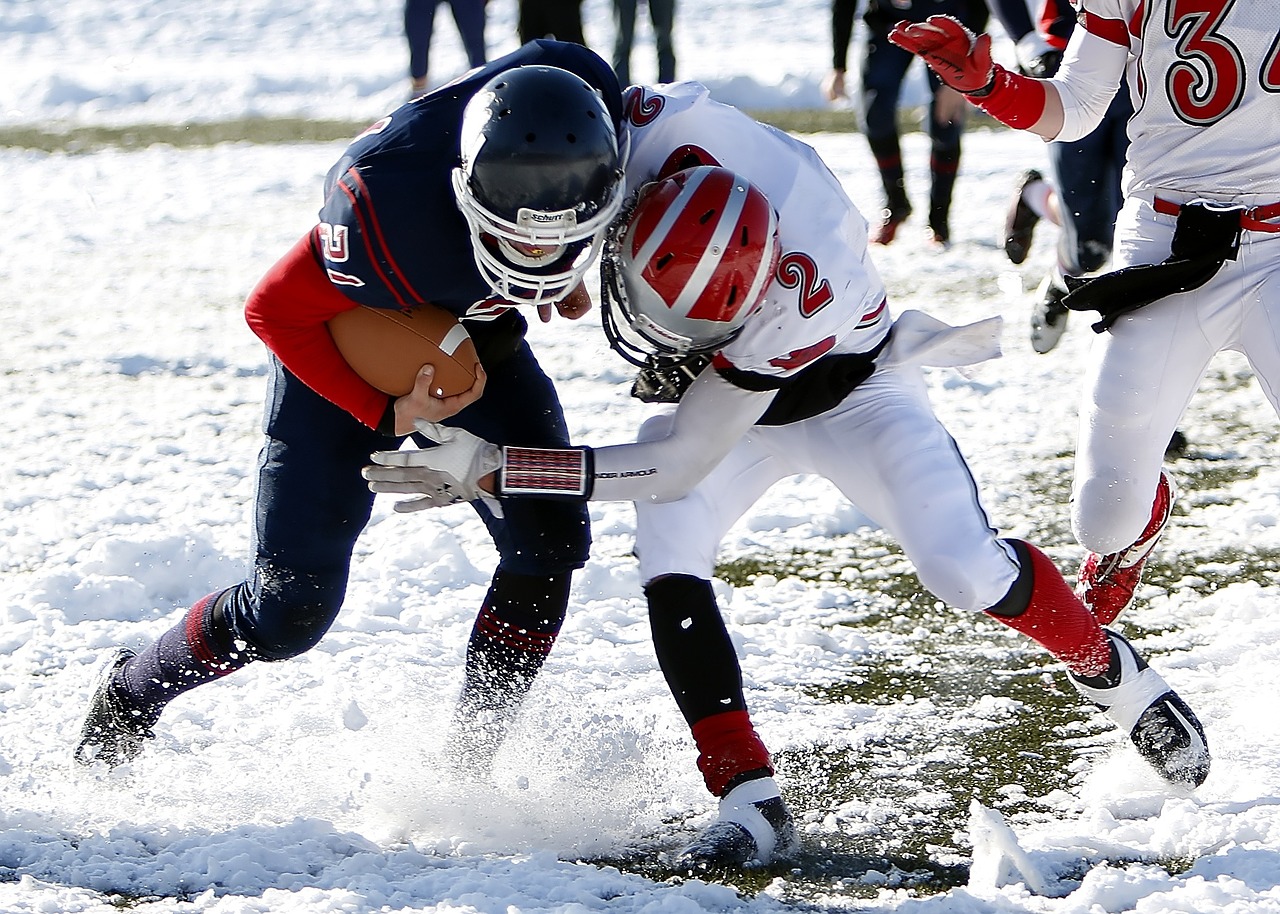
Note that while a smaller aperture will let in more light and allow you to use a higher shutter speed, this will result in a shallower depth of field. Try not to go lower than f/4, and consider increasing your ISO if necessary, to compensate.
3. Find a Unique Perspective
The view you’ll get while sitting in the stands is a familiar one – anyone who has gone to a football game knows what to expect. When you’re trying to capture eye-catching football photos, you want to give viewers something they haven’t seen before.
Get down lower and shoot from the ground up, or find a vantage point that gives you the opportunity to look down on the field from above. Sitting on the sidelines and capturing the players as they sprint by can give you some interesting snaps that you would miss out on if you were in your regular spot in the bleachers.
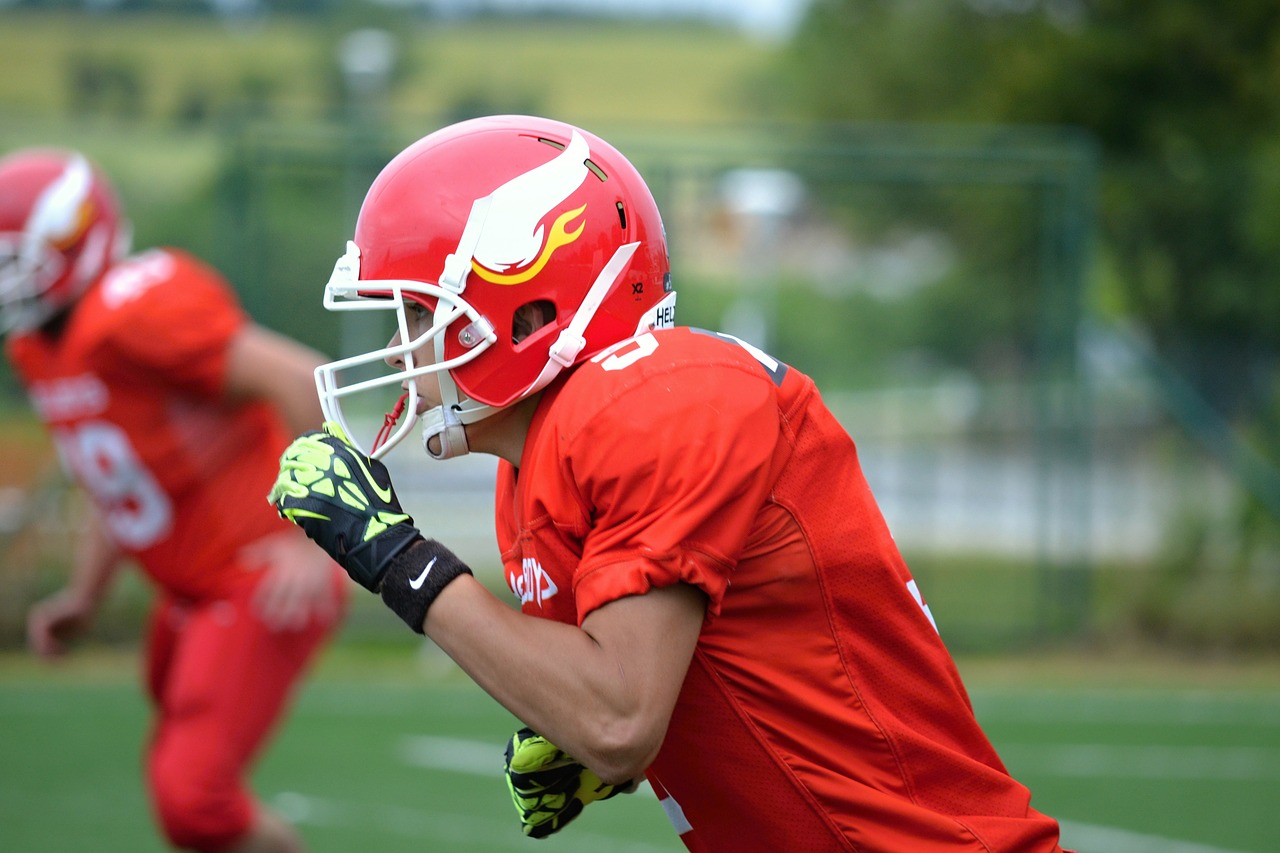
4. Know Where to Shoot
Most of the best shots you’ll get will be of the offense trying to score a touchdown, so watch for the quarterback and follow the ball. You’ll get some interesting shots when your team is on defense as well, though, and if you keep your focus on the football as it moves across the field, you’ll be prepared to snap a shot no matter what’s going on.
Having a basic knowledge of the game can be helpful when it comes to shooting football or any other sport. Even if you don’t, keep an eye on the key players and you should be able to capture the action.
5. Stay Focused
There are tons of other things going on at a football game – mascots running through the crowd, cheerleaders trying to generate excitement, and crowds of people everywhere you look. But if you want to get the best football shots, you need to keep your focus on the field.
If you miss a shot, you won’t get another opportunity. There’s no rewind option. Learn to tune out those distractions and stick to watching the game through your viewfinder to ensure that when an exciting play happens, you’ve got it covered.
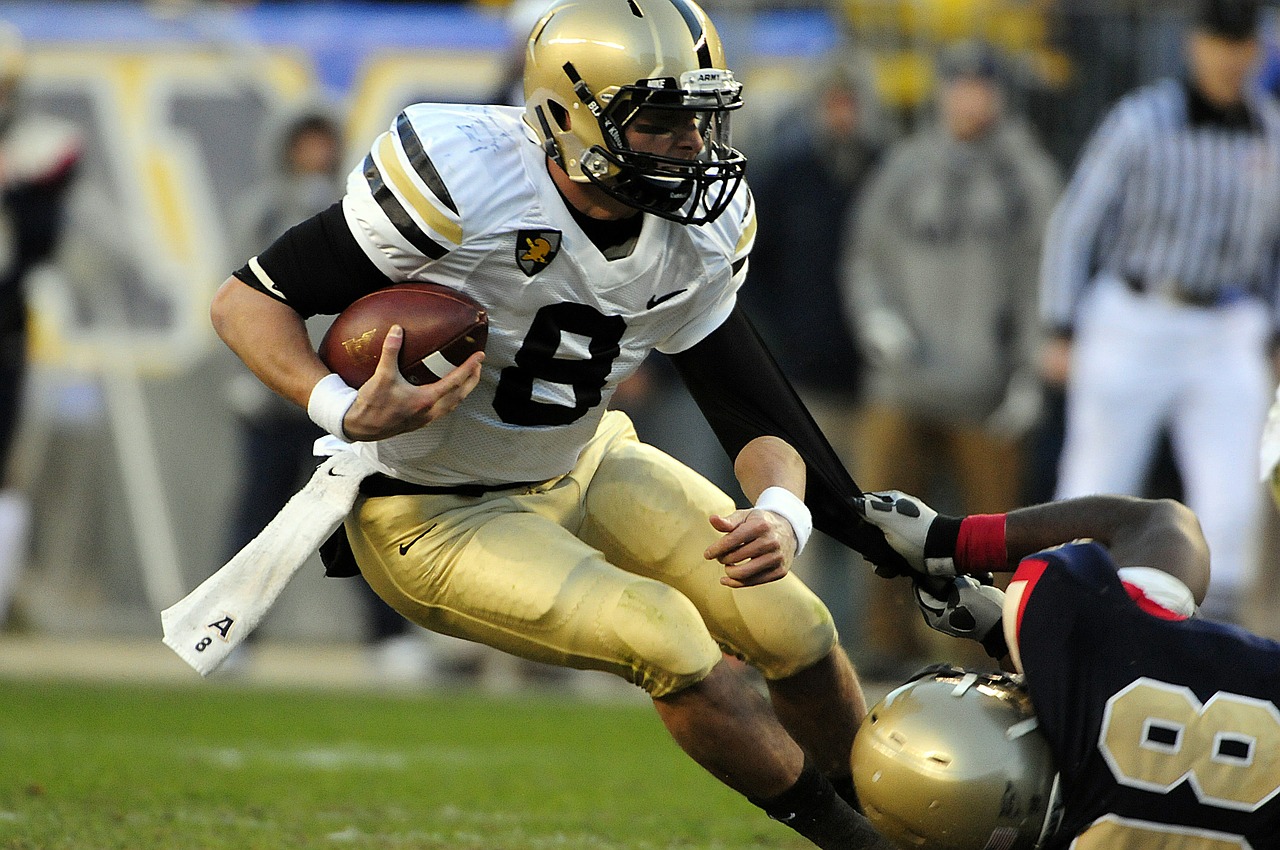
The most important thing to remember as you’re starting out shooting football is not to get discouraged. Sports photography is a unique skill, something many professional photographers spend years developing. You won’t be capturing iconic sports images overnight.
However, these tips will help give you a head start to ensure that even your first forays into this kind of photography will pay off. And, as you continue practicing, you’ll start to develop your own style and techniques, making your football photos more original, creative, and dynamic.

